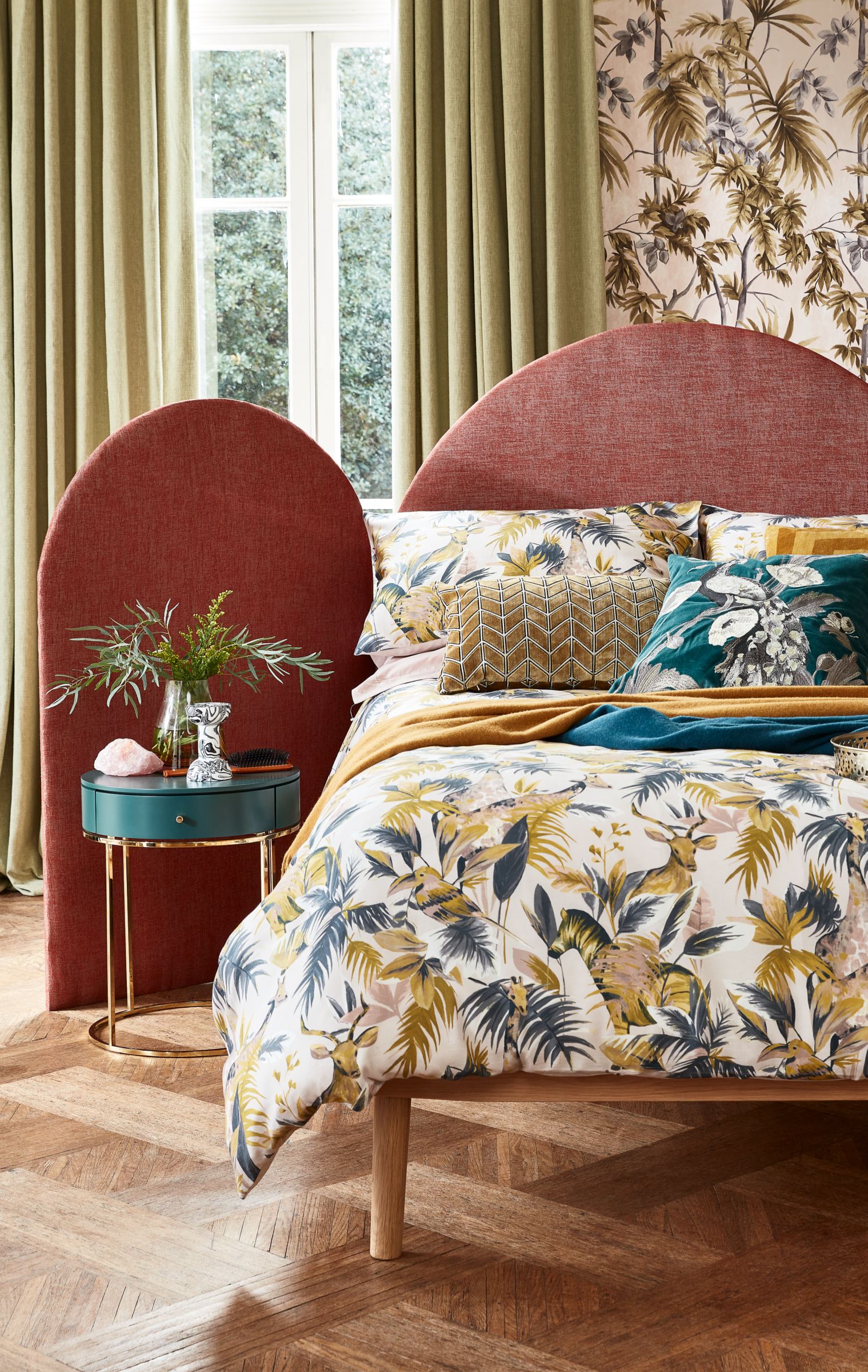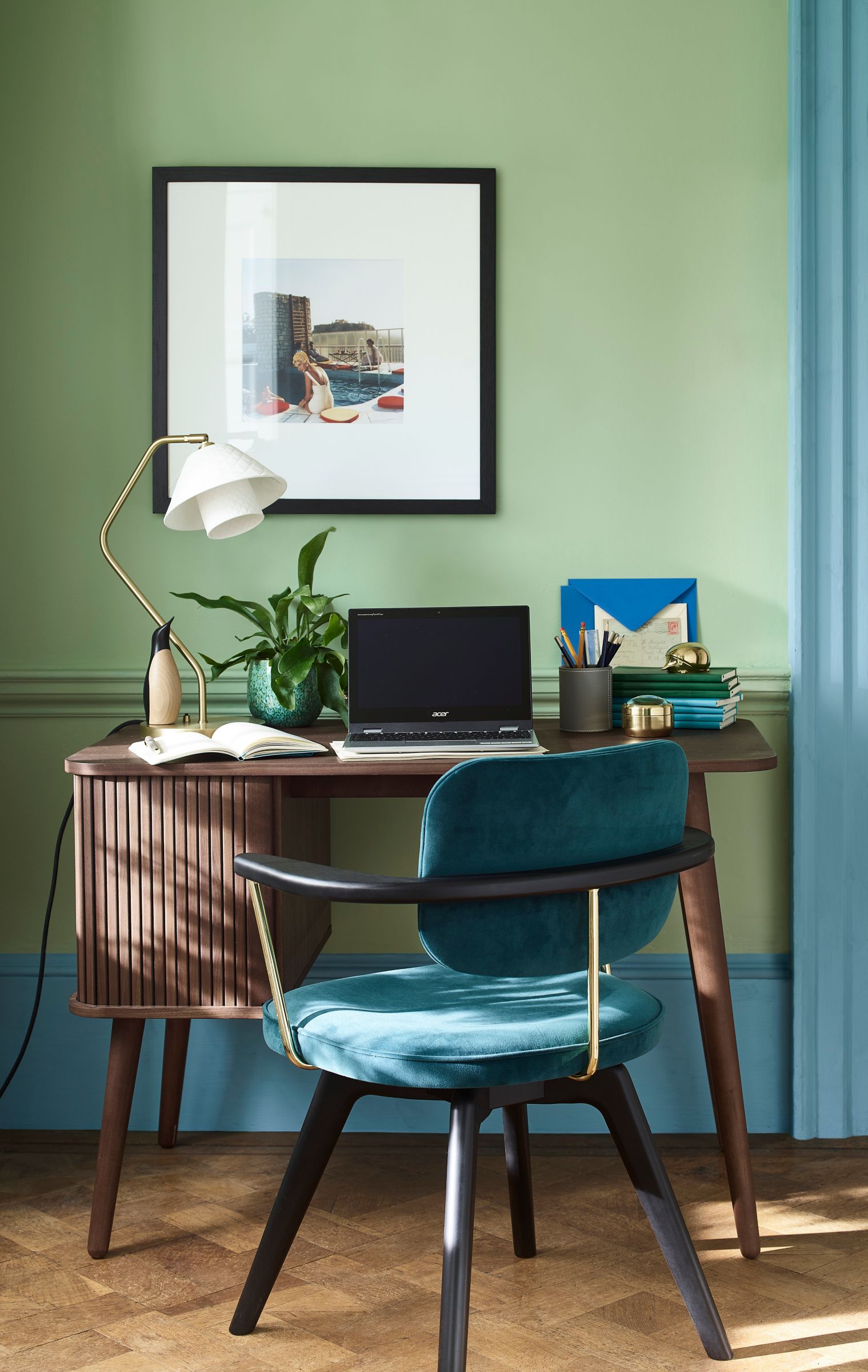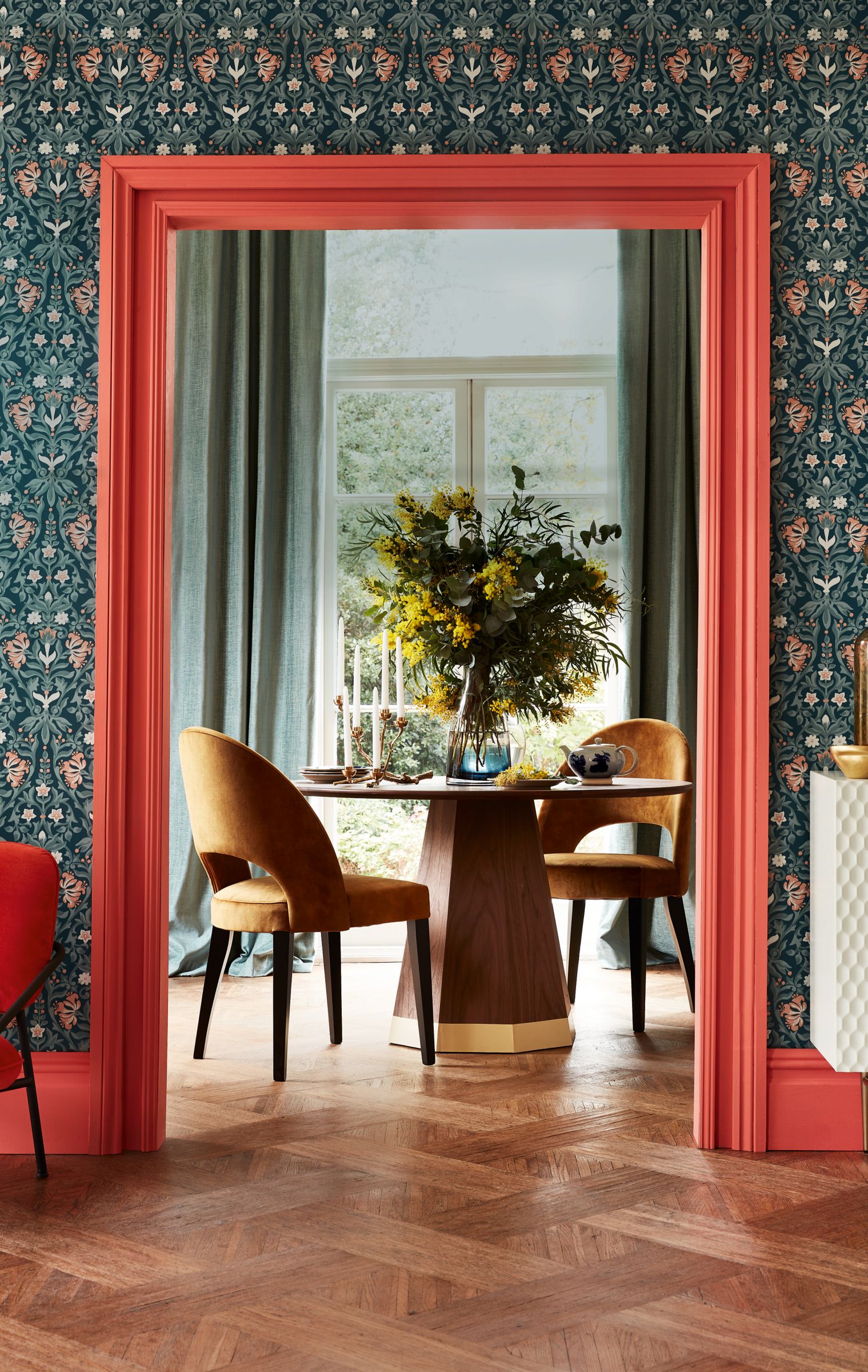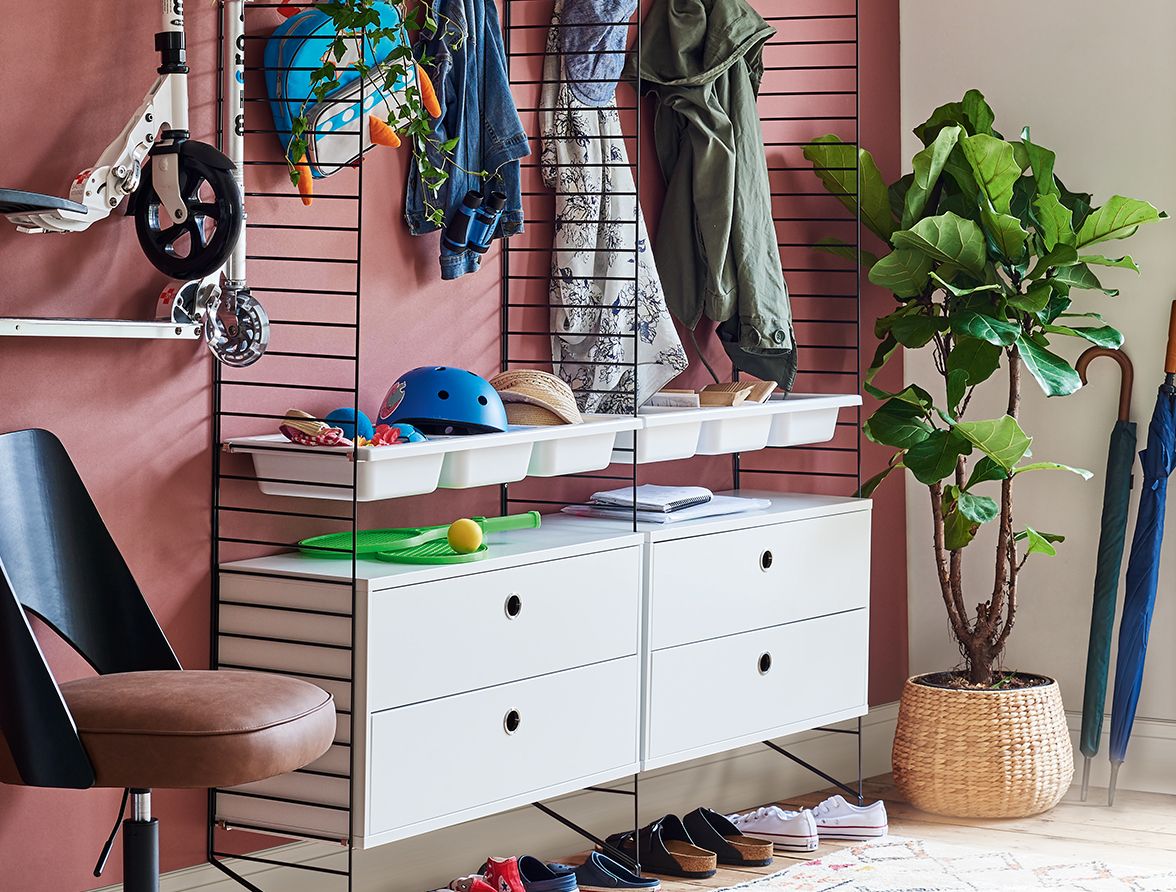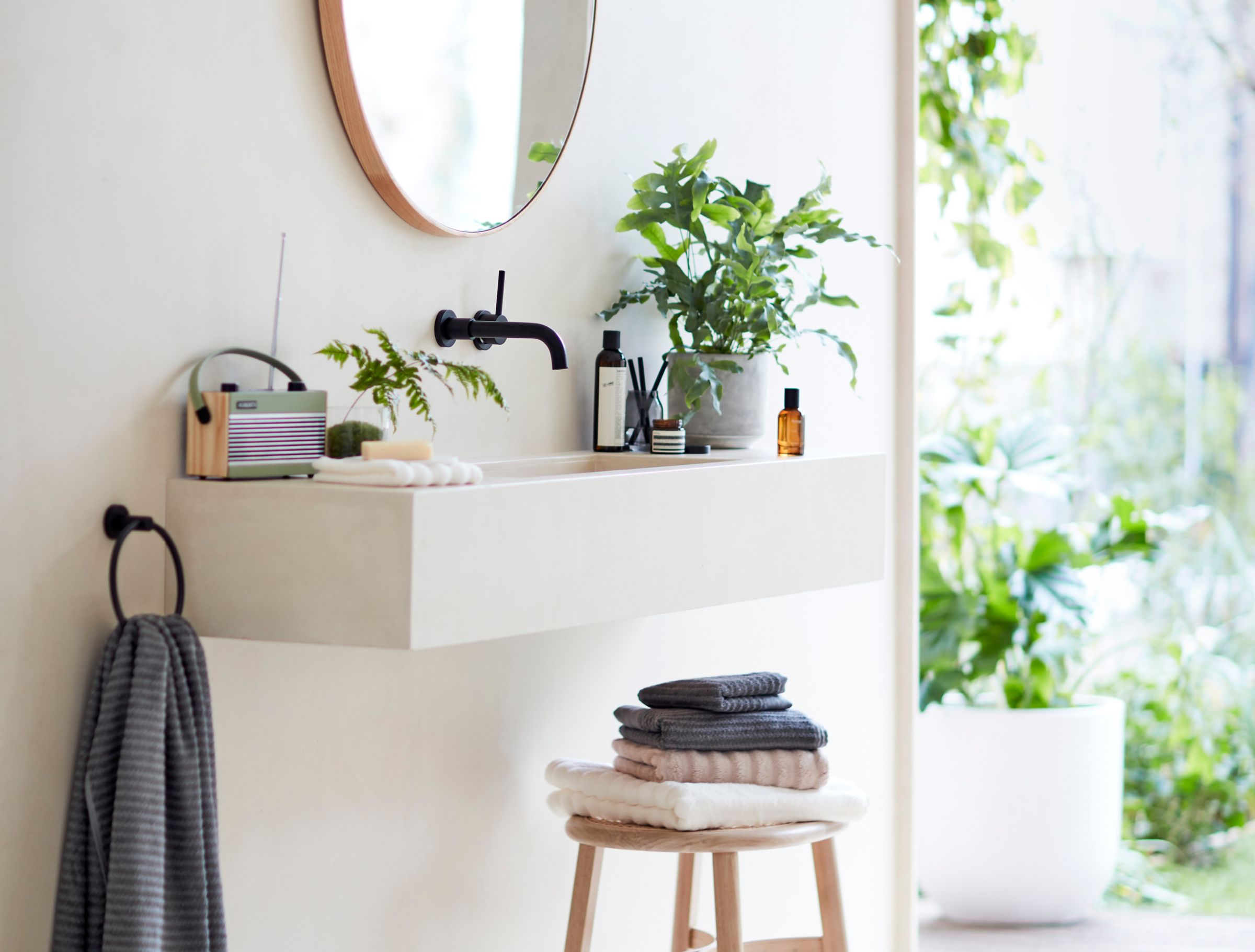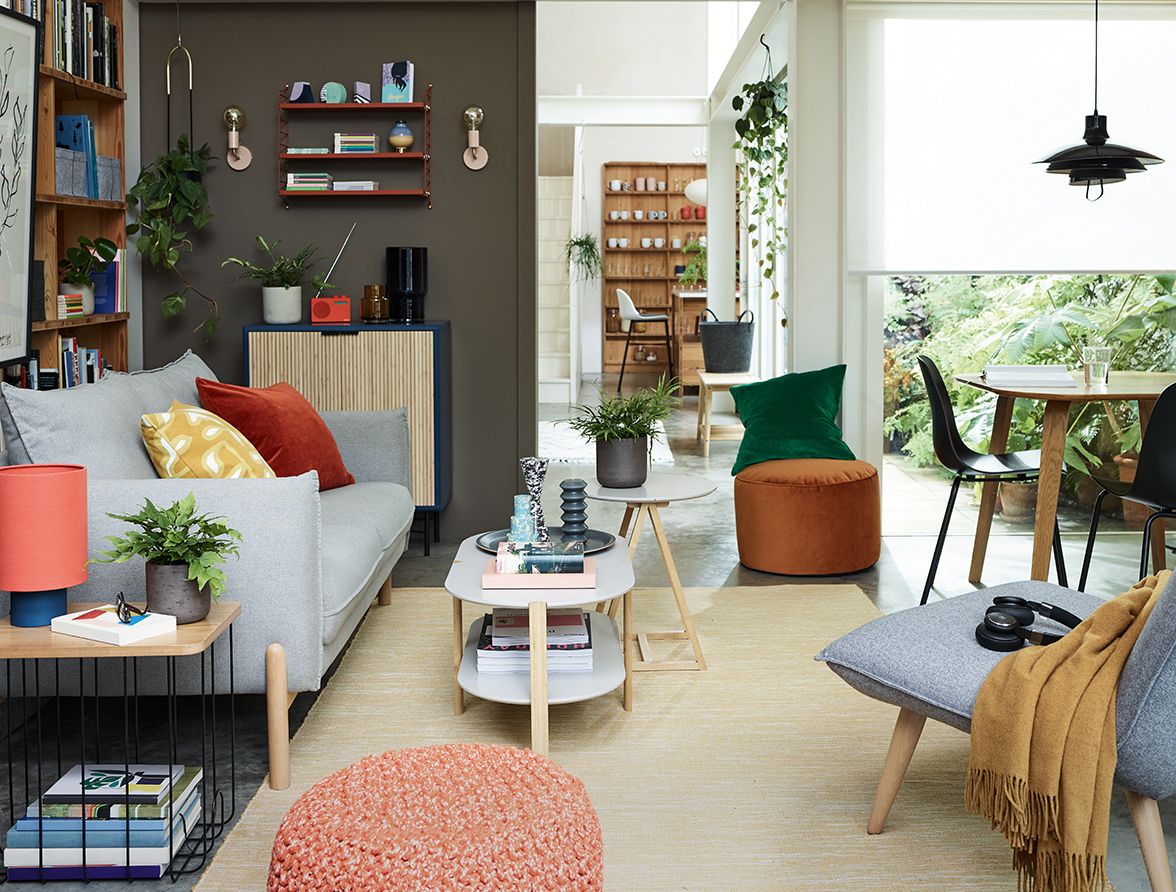How to use mood-boosting colour at home
Make your home feel more joyful with confident colours and patterns. Our experts explain how best to use them…
When every day plays out within the same four walls, you’d be forgiven for finding a drab colour palette a touch uninspiring. When you need to lift your spirits, an injection of confident colour at home could promote a positive mindset and elevate the spaces you use the most.
Investing in colour and pattern can be daunting – especially if you’re introducing it to a neutral or pared-back space – but it needn't be intimidating. It’s all about knowing where to start and how to choose a colour scheme that’s right for you. This is where our experts can help...
We’ve enlisted the advice of fashion editor, stylist and author Erica Davies, whose colourful home is seen online by her 169k Instagram followers; Sarah Brown, top interior designer and expert on utilising colour and pattern to create a life-enhancing space; plus our in-house Designers & John Lewis Partners, Melanie Archer and Siobhan Currie.
Where to start with a colour scheme?
First up, forget the complete rainbow – you only need a few colours to bring a room to life. ‘You don’t have to throw the whole paintbox at it to create impact,’ agrees Sarah. ‘Usually three or four colours in a room is perfect.’ Go for shades that you feel an emotional connection to. ‘Colours that are familiar and nostalgic are growing in importance at the moment because they’re comforting, safe and reassuring,’ says Melanie. ‘Explore a palette that feels authentic and relatable to you personally.’
Sarah is a big fan of pink: ‘It’s a great backdrop colour for other colours and works really well with bright yellow or red accessories’; while Melanie loves citrus colours: ‘They feel invigorating and help to counterbalance any stress and anxiety.’ If you want a room to feel upbeat, research suggests that warmer tones of red, pink, orange and yellow are associated with optimism and positivity. ‘They evoke memories of long summers and favourite holidays,’ explains Melanie.
How to introduce subtle colour or patterns
Don‘t feel that you have to get out your paintbrushes – you can bring colour in through furniture, pictures, rugs and accessories instead. ‘I have kept the walls relatively neutral,’ says Erica, ‘but gone to town on consistent bold colours throughout – specifically grass green, deep blue and lots of orange and yellow. It means there’s a colourful thread linking spaces.‘
Sarah agrees. ‘The wall colour isn’t the main event – it’s the fabrics, furniture, lamps, pictures and tables that make the room,’ she says. Don’t be afraid to mix up the patterns that you use too, employing small floral prints, larger bold prints, geometric shapes, stripes and vintage designs. Coloured lamps or cushions can introduce a pop of colour, as can flowers and plants.
‘Colour or print can be introduced with simple accessories,‘ advises Erica. ‘You can start off with the smallest of things and build from there. Pick something special or unusual to start with, such as a spectacular rug, or a light fixture. There’s no pressure to get it right the first time because creating a space should be a process and it should be fun!‘
Top tips for decorating with colour and defining your own style
Deciding on which colours to use is very personal, but it needn’t be daunting. ‘I’ve found the easiest way to start is to go through magazines, or Instagram, Pinterest and books,’ suggests Erica. ‘Create a moodboard – virtual or actual – and keep going back to it to identify which colours and patterns are jumping out the most.’
When you've decided on the colours that you like, there are lots of different ways to use them to the best effect. Painting the walls, doors and skirting boards in the same colour can give a really contemporary feel, while going for a darker shade on window frames can draw the eye to the garden or view outside. ‘Think about how the colours relate from one room to the next and use colours that are tonally the same, so there’s a good flow between rooms,’ says Sarah.
If solid colours aren’t appealing, then try adding more subtle accents by choosing patterns which combine colour with neutral tones. ‘By defining and then staying within a colour palette, you can use any combination of large and small patterns, just choose the designs you’re drawn to,’ explains Siobhan. Sarah agrees, adding, ‘With upholstery, you might be wary of a patterned sofa or chair but it’s actually much easier than having a block colour which can sometimes feel heavy in a room.’
What should I be mindful of when adding colour or pattern to my home?
‘Avoid being overly matchy with colours and patterns,’ advises Sarah, suggesting that they can make a room look ‘too contrived and over-thought.’ It can be tempting to just buy an entire look all at once, but letting a room evolve over time can be better – adding the pieces you really want when you come across them.
Attempting to make a small or dark room brighter by going for a bright white look can backfire too. ‘It can just result in it feeling a little cold and cell-like,’ says Sarah. Instead use dark or bold colours to make the room feel cosy or dramatic. Rich browns can be great for making a space feel warm and welcoming.
The biggest mistake of all though is choosing a colour scheme because someone else likes it rather than because it feels true to you. ‘Bold colour and lots of pattern might feel fun and energising to one person but overwhelming to another,’ says Siobhan. ’Prioritise creating a home full of pieces that you love. That might be choosing smaller accessories rather than statement wallpaper or softer pastel hues over rainbow brights.‘

)
